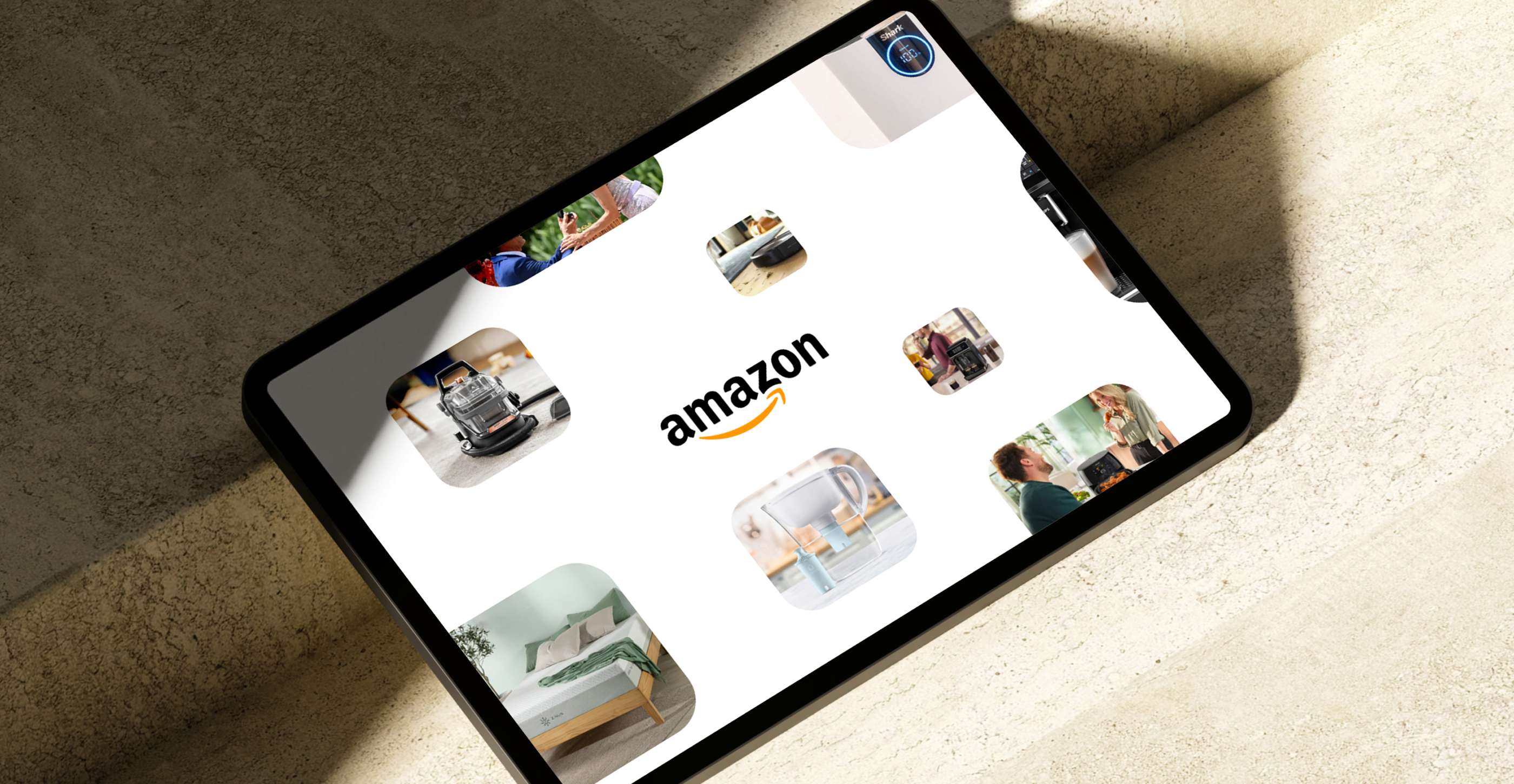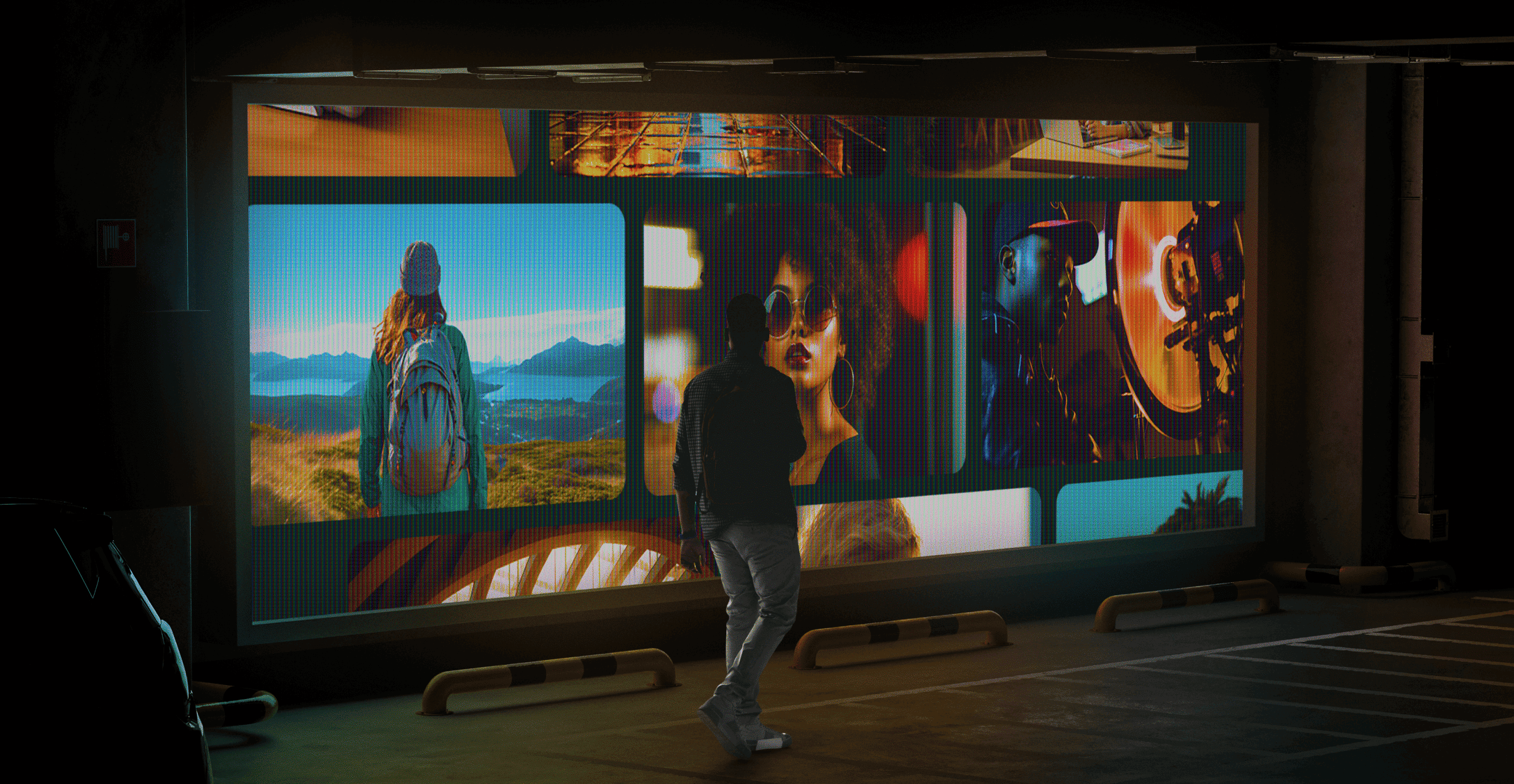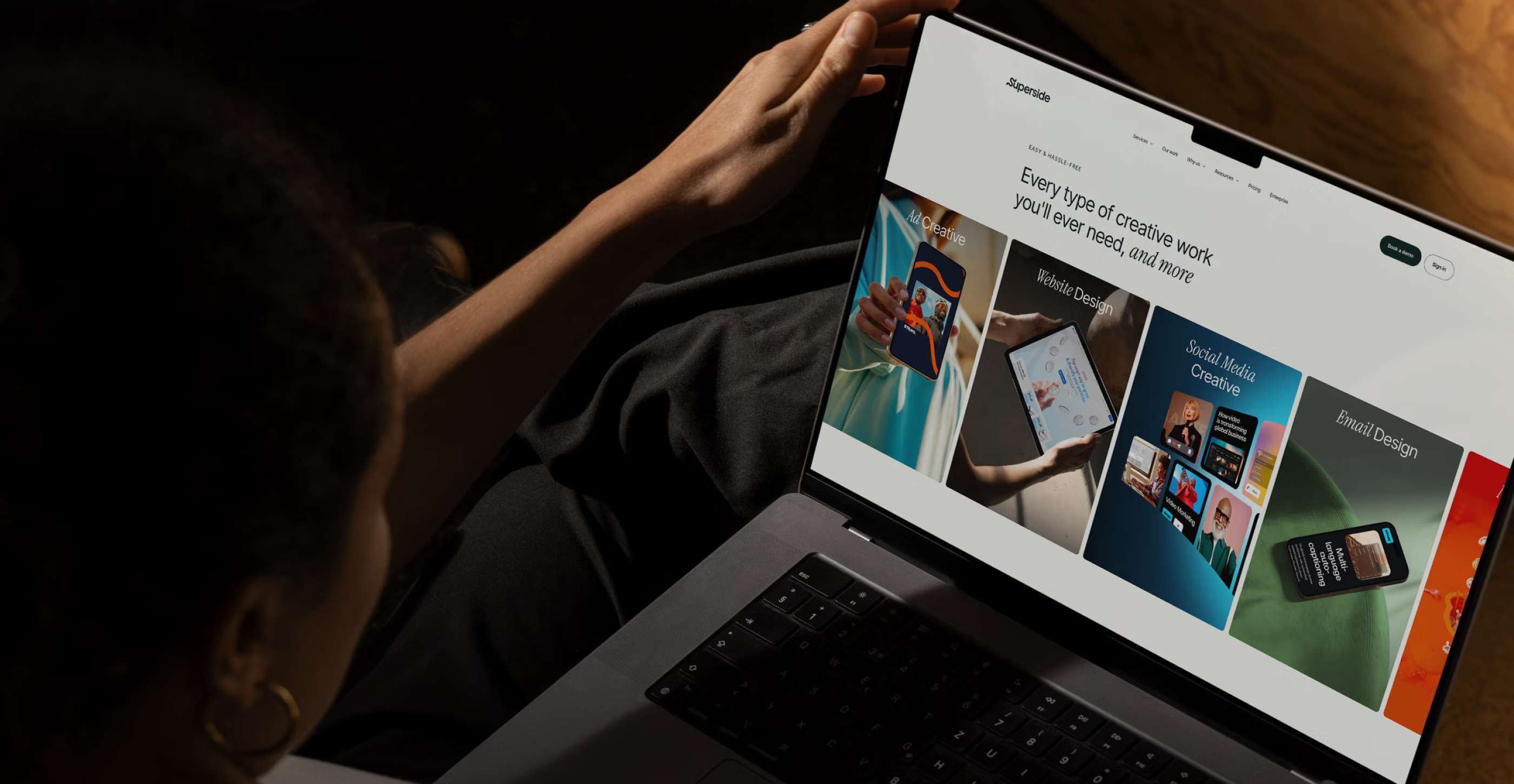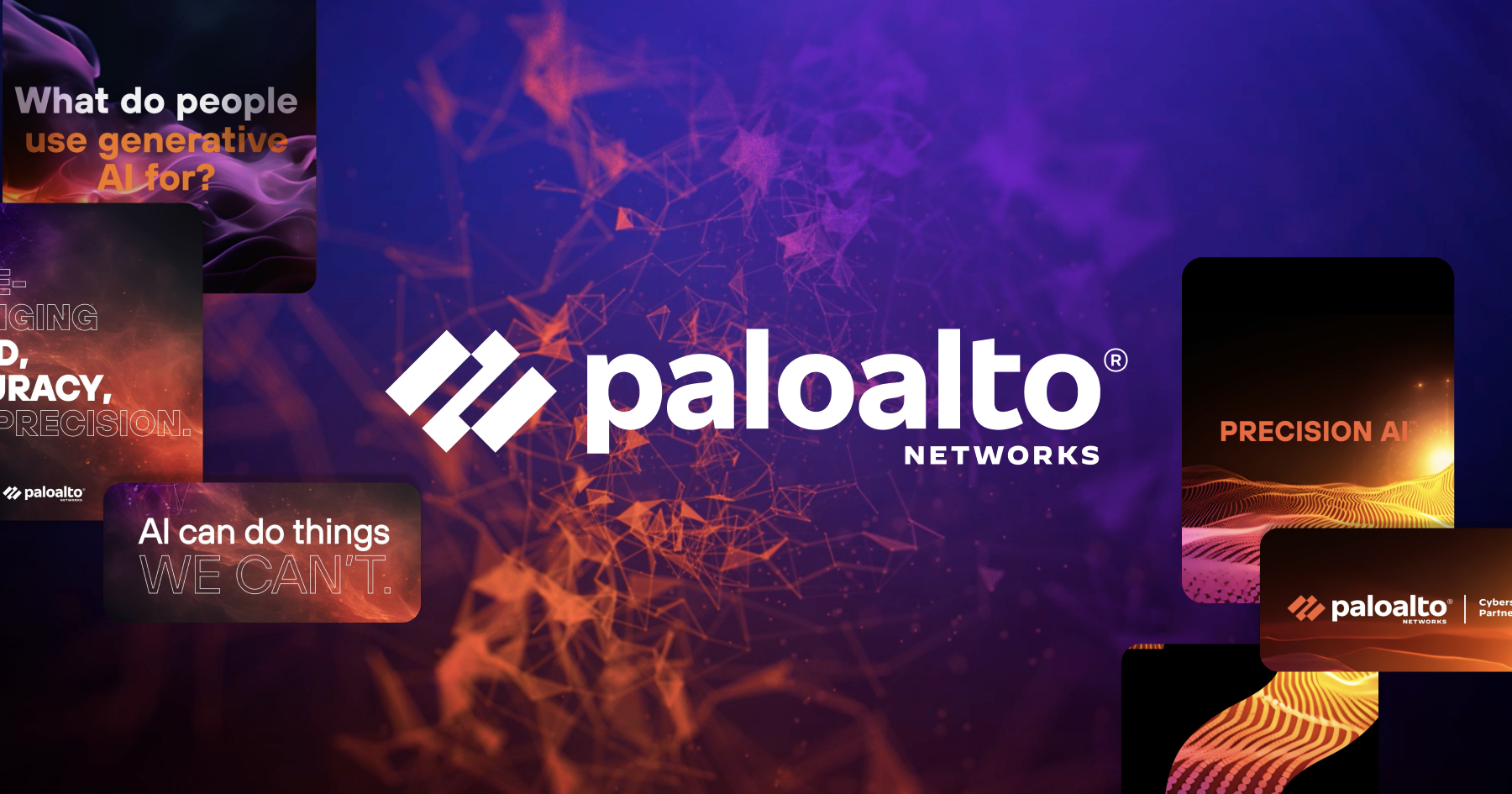5 Counterintuitive Yet Surprisingly Effective Content Marketing Strategies


Avis boasted about being the second-best rental car provider. Patagonia told shoppers not to buy their jackets. Reddit ran a five-second Super Bowl ad that looked like it was created by a third-grade audio-visual club.
Counterintuitive is defined as being contrary to what’s readily learned and understood. For marketing and creative professionals, this means trying seemingly unfounded tactics that produce unexpected results. Rebels, zigzaggers and better-mousetrap-builders… this one’s for you.
5 Novel Marketing and Creative Techniques to Inspire You
How’d we get to just five? Well, that wasn’t easy, but the goal was to write a post, not a book. To do this, we sourced our event recordings, pored over blog articles, wound our way through the web and here’s where we landed.
1. Give Away The Good Stuff—Right From The Start
"Scare a marketer with one sentence, I’ll go first… zero-click content." This was one of the many counterintuitive responses when this concept was first shared.
The measurability of paid digital and social media campaigns has led to an all too common focus on earning clicks or conversions. With the concept of zero-click content, Amanda Natividad, VP of Marketing at SparkToro, challenges this assumption.
Just a quick definition for the uninitiated: Zero-click content is any form of content that provides information front and center with no clicks or actions needed by the user.
Zero-click content needs to be so good, the audience will want to learn more about your expertise, brand or story. Taking immediate action is secondary or additive. Above all, the focus is on adding value and creating a connection.
Ideal for social media platforms where the algorithms are optimized for engagement within the platforms themselves, these upfront takeaways give audiences a reason to engage with what’s being said and instinctively want to learn more.
But, as you’re about to read, a zero-click strategy can also be applied to email or almost any form of content.
How zero-click content generated unexpected results for SparkToro
At a recent Gather & Grow Webinar, Amanda talked about what happened when she made the wisecrack at the top of an event email, “I made this buyer persona template. Please feel free to steal it.”
After this turn of phrase, she then explained how typical buyer personas don’t work well for marketers. The sentiment wasn’t lost on the readers, and the response ultimately led to a 2,000-word blog post and the opportunity to speak at a major industry conference.
Amanda Natividad, VP of Marketing at SparkToro, explains more about counterintuitive outcomes with zero-click content.
2. Be Emotional
Hot takes, puppies, and near-death experiences. What do these three constructs have in common? The emotions we feel when we think about them.
Despite how much we define ourselves as rational, we’re actually much more sentimental than we think. It’s also why tapping into the human psyche with emotional marketing drives higher engagement and conversions. Although, it can still take a bit of trial and error to determine exactly which sentiments resonate.
What Superside revealed by being emotional in its content marketing strategy
We discovered this first-hand as we developed our user-generated content (UGC) ad strategy. In a campaign promoting our Design Leadership Guide, aspirational openers like “Wanna know how brands like Adobe run their marketing teams?” drove greater curiosity than pain points like asking if the design team was in a rut.
Counterintuitively, we also found that UGC-style ads featuring our own talent performed better than UGC ads created by influencers.
Adding a human, emotional touch to your content is one of the most effective ways of improving your content’s performance. Counterintuitively, this often means taking the professional polish off of things and focusing on the genuine and sincere.
Our aspirational ad for our Design Leadership Guide.
3. Build a Community
Although customer-centric online communities may seem like the antithesis of making the sale, they give businesses a huge competitive advantage.
Unlike social media where individuals battle for influence, every community member has the potential to be an influencer. As more members refer others, acquisition costs decrease and strong connections increase lifetime value.
At the Superside Momentum Summit, Pat Lynch, Director of Content at D2L noted that his company was intentionally building a product-agnostic community focused solely on industry knowledge and expertise.
Presenting an open, sales-free community is one of the fastest ways of building trust and authority in your industry. It may seem counterintuitive to provide all your tricks and tips for free, but it will pay back multiple times over in the long run.
Thought leaders discuss the value of online communities, get a full recap and other top content marketing tips.
Inside the success of the Salesforce community
Not only has Salesforce built a successful online community where millions of members interact, but they’ve also scaled their global Trailblazer Community to the point where it’s now an integral part of the user experience.
Within their community, members can choose a path that takes them to training, support and discussion groups, providing integral structure to their user experience. Highly engaged members also add to the community, creating their own events, leading discussions and generating content.
4. Trust Your Instincts as Much as Your Tech
Modern marketers and creatives have many tools to apply to their craft to help with everything from research and ideation to promotion and measurement. We can all automate, aggregate and accelerate with the best of them. (Yes, we’re looking at you AI. As if you haven’t gotten enough attention lately.)
The problem is that none of these tools replaces the human ability to innovate. Tech stacks help us leverage existing data and resources. However, on their own, they don’t take us to new places.
As humans, we have insights that go beyond incremental conversion rates or content rankings. The magic happens when you combine inferences you draw from talking with and listening to your audiences with your other hard data.
How PointCard used soft and hard science to reach audiences
Targeting a unique audience of High Earners, Not Rich Yet (HENRYs), PointCard had to find ways to make their credit-card-like solution appeal to people who didn’t speak bank.
PointCard used its first-hand knowledge of its audience to form a hypothesis for a campaign. Does an audience that’s being introduced to an entirely new product respond to pictures of people, images of the product, or explanations of the benefits?
This is where the testing came in. PointCard developed a series of ads featuring lifestyle photos, the PointCard and the PointCard app. The winner according to the hard numbers? The app and the reward points.
Where the intuition came in: PointCard brought the people back in with video ads featuring customers enjoying the travel reward benefits. This, along with the earlier findings, sent their ad performance into overdrive.
PointCard's UGC video ads that reflect both quantitative and qualitative feedback. Read the Full PointCard Case Study.
5. Think Long-Term and Nonlinear
"Learned something new today at our webinar. The biggest lesson being how to repurpose content and make it part of the flywheel. Seems obvious in retrospect. Here are some specific ideas."

It’s not just you. Timelines really do seem to be getting shorter, making it really easy to lose perspective. When you’re hyperfocused on completing a project or campaign, you can forget that it’s just one piece of a much bigger presence you're trying to construct.
Positioning, branding and all of the effort that goes into earning engagement takes time. We plan out our schedules by months, quarters and years, objective by objective. But while time moves in a straight line, buyer journeys often take a much more circuitous route. Often A+B = C, D, E and sometimes F or back to A.
What the true ups and downs of a modern buyer's journey might look like.
Going all-in on nonlinear marketing flywheels creates a consistent loop of tactics for gaining audience share and creating efficiencies throughout the entire process. Flywheel advocate and SparkToro CEO, Rand Fishkin, explains, “You put in the same amount of work (or less) each time, and get more and more out of it the more you repeat it. This is a beautiful, highly-rewarding system. But, it usually takes a long time and a lot of effort to get going.”
In a content flywheel, each step of the process further reiniforces the next.
Dark social and nonlinear customer journeys
Pause for a minute and shake the Darth Vader image out of your head. Dark social refers to the pathways that go undetected by the intergalactic traffic cops we know as measurement tools. Think of them as little black markets of information, scenic routes, shortcuts, or both.
The ways in most content is shared can’t actually be tracked. We’ve seen this for ourselves at Superside. Often, prospective clients will bring up an influencer mention on social media to our sales representative, something we have no feasible way of tracking.
Be aware that sometimes, you may not be able to track the performance of certain content strategies. It may seem counterintuitive to go for a play that lives in the mysterious realm of dark social, but if you focus on the long-term results, it’s likely that this strategy will pay off for you.
Take your time, trust in the process, and know your audience—regardless of how well you can track the metrics.
Bonus: The Counterintuitive Story of Abbey Road
Backstory via Roger von Oech. The cover art belongs to the Beatles.
As the Beatles considered cover art for their second-to-last album in the summer of 1969, the group originally planned to call the record Everest. Of course, this idea came with a trip to the Himalayas and a rather hefty budget the group couldn’t afford at the time. Drummer Ringo Star suggested simply going out to the front of the studio and posing on the crosswalk. The rest, as they say, is history.
Superside Content Leader, Cassandra King always tells me, “If there’s a simple answer, it’s probably the best one.” Buyer journeys and creative processes can often become convoluted, with the wrong metrics being gauged by the wrong department. Sometimes, a counterintuitive move can just be to get back to basics and simplify your content processes.
Love looking at things in different ways? Join us for any of our upcoming Gather & Grow events. Thinking about how you can get the creative you need without sacrificing speed, scope or quality? Let’s chat.
Michelle enjoys learning from and empowering ambitious marketers and creatives focused on scaling design and fueling growth.🚀 With more than two decades of experience, she’s worked at both agencies and in-house teams at companies of all sizes in the United States and Canada. She began her career as an advertising copywriter, remastering these skills as a content marketer and becoming a subject matter expert on everything from frozen pies and financial statements to SaaS and now CaaS. Connect with her on LinkedIn.
You may also like these

5 digital ad production tips and services for enterprises
Creative teams today are often juggling thousands of ad variations within a single campaign. With constant updates and ongoing customization, the execution process can get pretty messy.And there’s a good chance creative quality and consistency will suffer.To stay competitive, enterprise marketing teams have no choice but to streamline their creative operations to ensure fast execution while maintaining the integrity of the brand across all digital customer touchpoints.Digital campaigns have the power to reach and inspire target customers like no other media, but they can be a significant test for any creative team. This guide provides five proven tips and services to help you scale your digital ad production efficiently.Solving the digital ad bottleneck for large teams
7 top creative support solutions for teams and enterprises
There’s no denying that today’s marketing and creative teams are under more stress than ever. To deliver high-performing, top-quality assets at scale, many teams are getting fewer resources, smaller budgets and tighter deadlines.As an ever-increasing number of brands compete for audience attention, the demand for compelling content is getting higher—and essential for creative teams to meet.It’s no surprise then that in-house marketing and creative teams are turning to advanced creative support solutions to help enhance efficiency, streamline workflows and optimize production processes.From AI-powered design to cloud-based collaboration software and outsourced creative services, these solutions transform how teams work, allowing them to produce more assets faster without compromising quality.Our best advice to teams and enterprises on how to get this right? Make Superside your creative team’s creative team and free up your team to do their best work.
10 reasons to hire a global enterprise creative agency in 2025
Enterprise in-house teams are under pressure. In 2025, brands face the challenge of producing high-quality, compelling creative quickly and at scale. 92% of creative teams say demand has increased over the past year, yet 88% don’t have the resources to keep up.It doesn’t have to be like this. Hiring a reputable enterprise creative agency can be the most efficient, cost-effective solution for addressing this problem and achieving your digital marketing goals.Creative agencies that deliver high-level branding, enterprise digital marketing and scalable creative are a lifeline for growing global brands. Today’s top agencies provide innovative solutions that quickly enhance brand messaging and recognition, which many businesses struggle to achieve today.If you’re considering outsourcing to a creative services partner, this article will clarify what these companies do and the benefits they provide. We’ll also dive into 10 reasons to hire a global creative agency in 2025 and several examples of what this partnership looks like. How does a global enterprise creative agency work?






